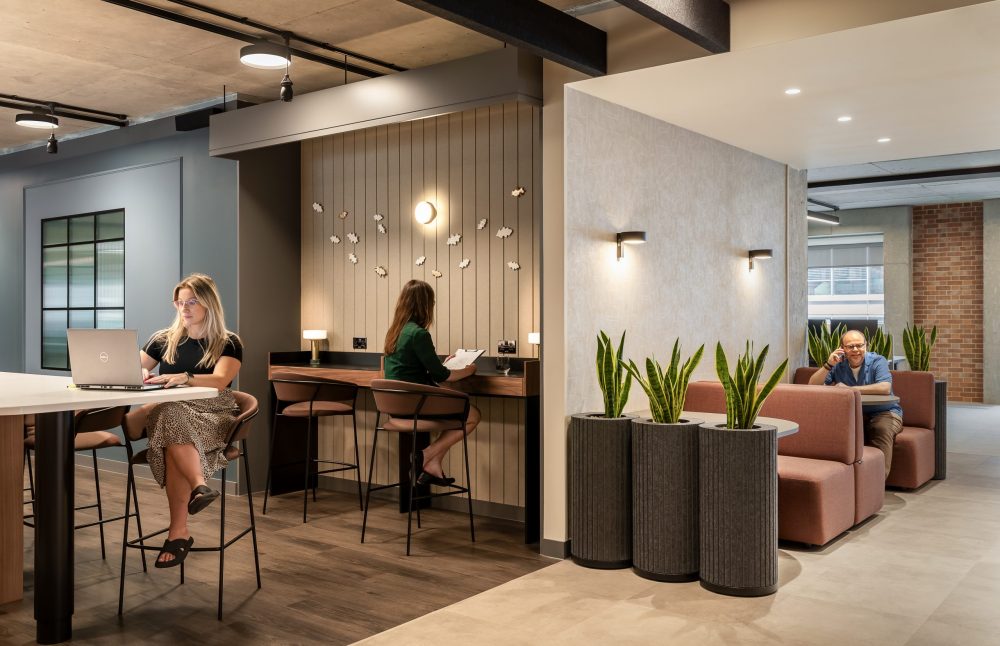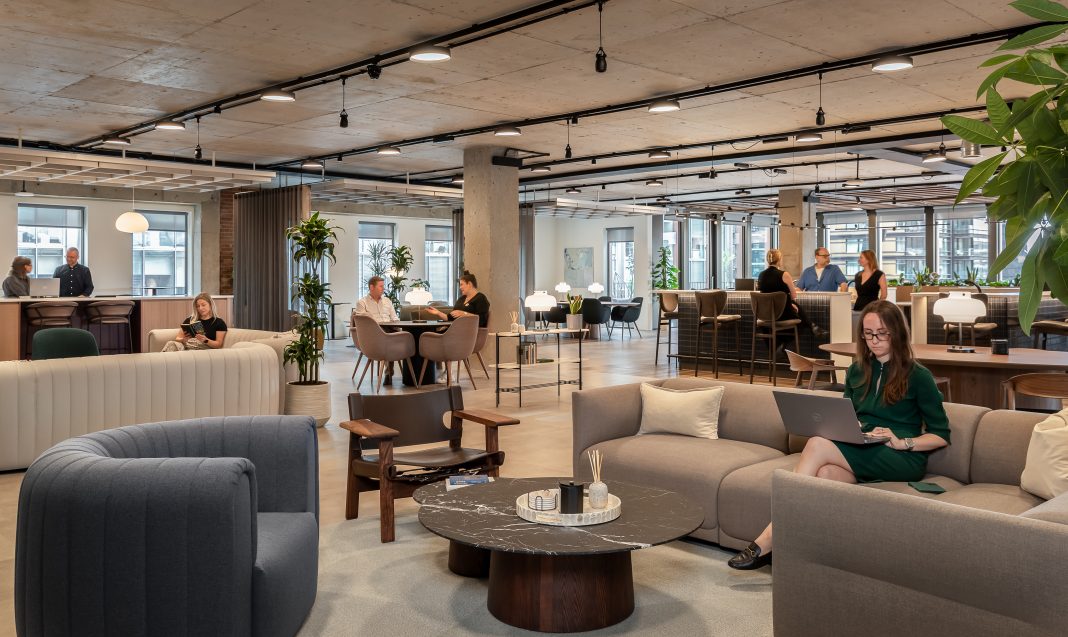Hybrid work isn’t the problem — poorly designed workplaces are. As companies rush to reinvent the office, too many have forgotten what really matters: creating environments that help people do their best work.
For years, we’ve fixated on one question: where should we work? Home, office, or somewhere in between? But now that hybrid working has become the norm, the real question isn’t where people work – it’s how well those spaces support them. And in the rush to keep up, many organizations have lost sight of the fundamentals.
Employees aren’t asking for gimmicks. They want the basics done better – workspaces that genuinely support their wellbeing and performance.
Keeping Sight of What Matters
We’ve seen a huge increase in workplace experimentation over the past few years. Hot-desking, hybrid working, flexible zones – all designed with good intentions. But somewhere along the way, many workplaces have become more about the way they look rather than how they function.
Our latest global research confirms what many leaders already suspect: too many offices simply do not work as well as they should. 75% of employees say noise, distractions and a lack of space prevent them from performing at their best, and 80% find the office more distracting than home. 1 in 4 people say their workplace isn’t comfortable, and 21% say it doesn’t support their role.
These aren’t small complaints – they’re a warning that some firms have lost sight of what really matters in workplace design, and that’s creating spaces that help people do their best work.

Serving People, Not Trends
Employees spend 2.9 days in the office on average, with that number expected to drop to 2.6 days by 2030. That means every office day needs to count.
Too often, workplace design is driven by trends rather than what employees actually need. Big, open-plan layouts may work for some, but for others, it can be made exceedingly difficult to focus or relax.
There’s no one-size-fits-all solution – the best strategies start with understanding your people and devising an appropriate workspace strategy, then designing for it.
A recent project we completed with Tripadvisor in the heart of London is a perfect example of a company putting workplace strategy at the forefront. Before any space planning or designs were created, they prioritized understanding the precise needs of their people, extracting crucial data and anecdotes to ensure they not only designed the perfect, future-proofed space, but that crucially, they selected the perfect building and location to begin with. The result? Spaces designed to energize and empower. The three floors are designed to flow like a waterfall of energy, with the top floor being the most radiant and social, gradually transitioning to calmer, more focused workspaces on the lower levels. This intentional layering caters to a wide range of working styles and team requirements throughout the office.
Great design isn’t about reinventing the wheel. It’s about getting the fundamentals right: creating spaces that help people focus and perform their best.

Immediate Solutions
Noise was one of the biggest complaints, and it’s often the easiest to fix. For example, avoid having focus areas or teams that require complete quiet next to naturally noisy spaces like canteens. It may sound obvious, but layouts are often based solely on desk requirements or a predetermined general layout, rather than on how people actually work.
Understanding how your people want to work throughout the day allows you to create various zones that are genuinely fit for purpose.
Once that’s in place, general design choices can make a big difference. Furniture and biophilia can be powerful tools – shelving, planting, and upholstered furniture all act as natural sound barriers. Speciality curtains and panels, as well as ceiling baffles, can also help absorb sound, especially in areas where hard surfaces or open ceilings cause noise to reverberate.
You don’t always need a huge redesign to improve the experience – just thoughtful, practical interventions.
Comfort is another overlooked area. It’s not just about soft seating or temperature control. It’s about how supported people feel. That means giving them access to quiet focus areas, reliable WiFi, natural light, and clean, well-maintained facilities.
The best thing you can do? Listen to your people.

Designing for Diversity
No two employees experience the workplace in the same way. For example, introverts, extroverts, and neurodivergent individuals all have different needs. As leaders and designers, we have a responsibility to create spaces that support those differences rather than force everyone to work in the same way.
That means offering choice – a mix of quiet and social areas, collaborative spaces (informal and formal meeting areas) where people can focus or connect. It also means paying attention to the small details: lighting, sound, temperature, adjustable brightness and contrast on screens, the option to use noise-cancelling headphones, and seating away from busy intersections or corridors to minimize visual distractions and movement.
Subtle as they may seem, these elements can make a massive difference to how inclusive a space feels.
93% of employees believe the office will still be needed in five years’ time, but its purpose is changing.
Employees want environments that remove friction, enable focus, and respect their time and energy. For some, that means coming together in person; for others, flexibility drives results. The workplace of the future must be designed around people, not policies.


